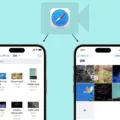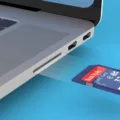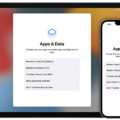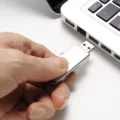If you’re an iPhone user who loves music, then you know that one of the most convenient ways to listen to your favorite songs is to download them directly onto your device. But how do you do that? In this blog post, we’ll show you the easiest way to download music from your laptop to your iPhone.
First things first, make sure that iTunes is installed on your laptop. iTunes is a free media player app developed by Apple for both Windows and Mac computers. It’s essential for transferring music from a laptop to an iPhone or iPad. Once you’ve installed iTunes, launch it and create an account if necessary.
Once you’ve done that, connect your iPhone to your laptop with a lightning cable (the cable that comes with the phone). Your phone should now be visible in iTunes under “Devices” in the left-hand side menu.
Now it’s time to start transferring music! If you have purchased songs on iTunes, they will automatically appear in the Music section of the app. You can select whichever songs you want and simply drag them into your iPhone library. If you haven’t purchased any music on iTunes but rather have stored music files on your laptop, go ahead and select those files (like MP3s) and drag them into the Music section of iTunes as well.
When you’re finished selecting all of the music files that you want to be transferred over, click “Sync” at the bottom right corner of the screen – this will transfer all of those files over to your iPhone. Once it’s done syncing, disconnect the lightning cable from both devices and enjoy listening to all of those new tunes!
As easy as that was – who knew transferring music from a laptop to an iPhone could be so simple? With all these tips in mind, you should be able to transfer any type of audio file quickly and easily between devices in no time!
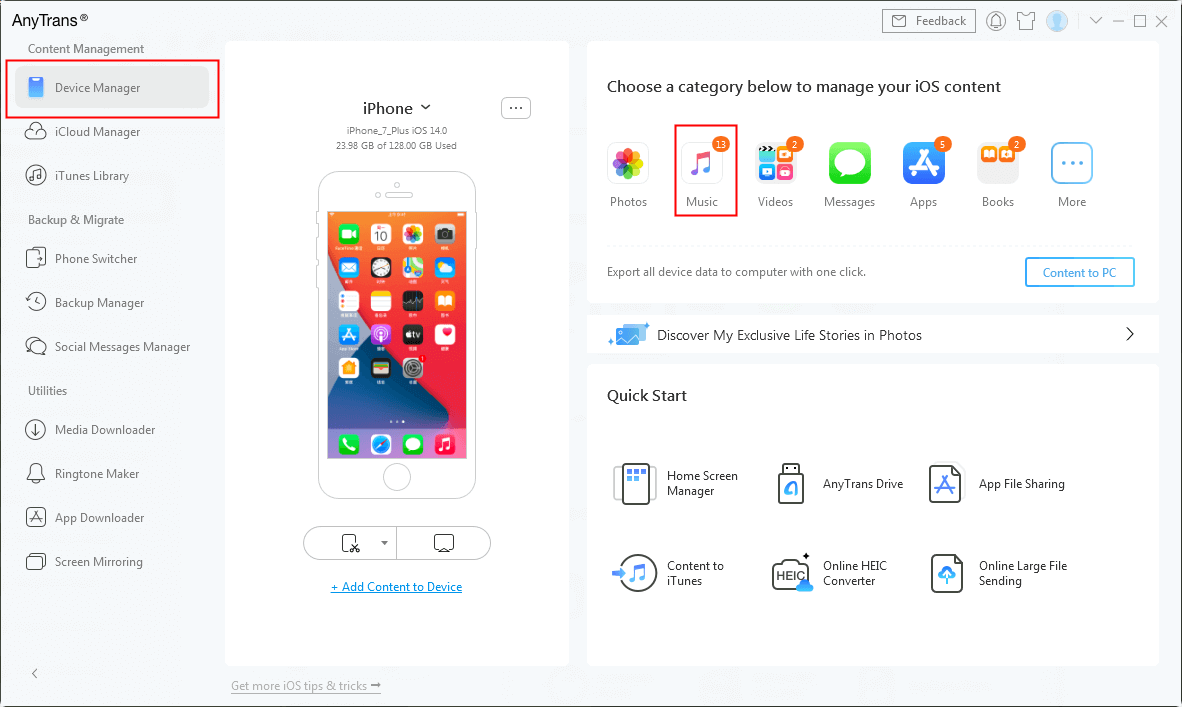
Transferring Music from Laptop to iPhone Without iTunes
You can transfer music from your laptop to your iPhone without using iTunes by using a cloud storage service, such as Dropbox or Google Drive. To do this, first, upload the music files you wish to transfer onto the cloud storage service. Once you have uploaded the music, open the app for the cloud storage service on your iPhone and download the music files. You can also use file-sharing services such as AirDrop or SHAREit to transfer files from your laptop directly to your iPhone without using iTunes.
Downloading Music from a Computer to an iPhone
There are several reasons why you may not be able to download music from your computer to your iPhone. First, make sure that you have the latest version of iTunes installed on your computer. Additionally, if you are using Apple Music, you must make sure that the subscription is active and that the songs you want to transfer are available in your library. Furthermore, it is essential that you have enabled the “Manually Manage Music and Videos” option in order for the music to be transferred from the computer to your iPhone. To turn this feature on, open iTunes and connect your phone through a USB cable. From there, navigate to the summary page and check “Manually manage music and videos” so that files can be successfully added from your computer to your device.
Transferring Music from Laptop to Phone
To transfer music from your laptop to your phone, you will need a USB cable. First, connect your phone to your laptop using the USB cable. If you are given a selection of connection options, select Transfer Files (MTP). Next, go to the music files on your laptop that you want to transfer and drag them into the Music folder on your phone. Depending on the size of the files and the speed of both devices, it may take a few minutes for all of the files to transfer over. Once they have finished transferring, you can access them directly from your phone’s Music folder.
Transferring Music from PC to iPhone Using Drag and Drop
Yes, you can drag and drop music from your PC to your iPhone using iTunes on your computer. To do this, connect your iPhone to your computer with the USB cable that came with it, launch iTunes, and select your device. Then select the Music tab in iTunes, choose which songs you want to transfer, and drag and drop them onto your device in the sidebar. Your songs will then be copied onto your iPhone.
Transferring Files From Laptop to iPhone Using USB
To transfer files from your laptop to your iPhone using USB, you’ll need to connect the two devices with a USB cable. Once connected, open the File Transfer option. A new window or panel should appear on your computer, displaying your mobile device’s name. From there, select the Internal Storage option on the right-hand side of the screen. You can then drag and drop any desired files from your laptop to your iPhone. Once the transfer is complete, you can disconnect the USB cable and access your newly transferred files directly from your iPhone.
Transferring Music from Laptop to Phone Without a USB
Transferring music from your laptop to your phone without using a USB cable is possible with the help of cloud storage services. The most popular cloud storage services are Google Drive, Dropbox, Microsoft OneDrive, and IDrive. All of these services offer an easy way to transfer files from your laptop to your phone without needing a USB cable.
To get started, log into the cloud storage service of your choice on both your laptop and phone. Then select the music file(s) you would like to transfer from your laptop to the cloud storage service. Once uploaded, you can access these files on your phone by logging into the same cloud storage service. You may need to download the files to have them stored locally on your phone as well.
Alternatively, you can also use a local file-sharing app such as SHAREit or Xender that works over Wi-Fi connections – this allows you to share music and other types of files without needing an internet connection or cloud storage services.
Saving Music onto a Phone
1. Connect your phone to your computer using a USB connection cable. If you see a dialog box asking permission to access the phone data, tap Allow.
2. On your computer, open a folder and locate the music files you want to save to your phone.
3. Open a second folder and navigate to the music folder on your phone.
4. Drag and drop the desired music files from your computer into the music folder on your phone.
5. Once all of the desired music files have been transferred, safely disconnect your phone from the computer by unplugging the USB connection cable. Your music will now be saved onto your phone!
Transferring Music Directly to an iPhone
To transfer music directly to your iPhone, you’ll need iTunes installed on your computer. First, connect your iPhone to your computer using the USB cable that came with it. Once your device is connected, open iTunes and select your device. On the Summary page, click ‘Music’ in the sidebar and then check the box next to ‘Sync Music’. Choose whether you want to sync all of your music or only selected albums, songs, or playlists. Finally, click ‘Apply’ in the bottom right corner of the window and wait for iTunes to sync all of your music to your iPhone.
Transferring Files Directly From PC to iPhone
Yes, you can directly transfer files from your PC to your iPhone. To do this, you will need to use a third-party app such as iTunes or iCloud. With iTunes, you can sync music, photos, videos, and other media from your computer to your iPhone. With iCloud, you can access and manage files stored in iCloud Drive on both your PC and iPhone. Additionally, some applications allow you to transfer documents directly between a PC and an iPhone using a cloud service like Dropbox or Google Drive.




